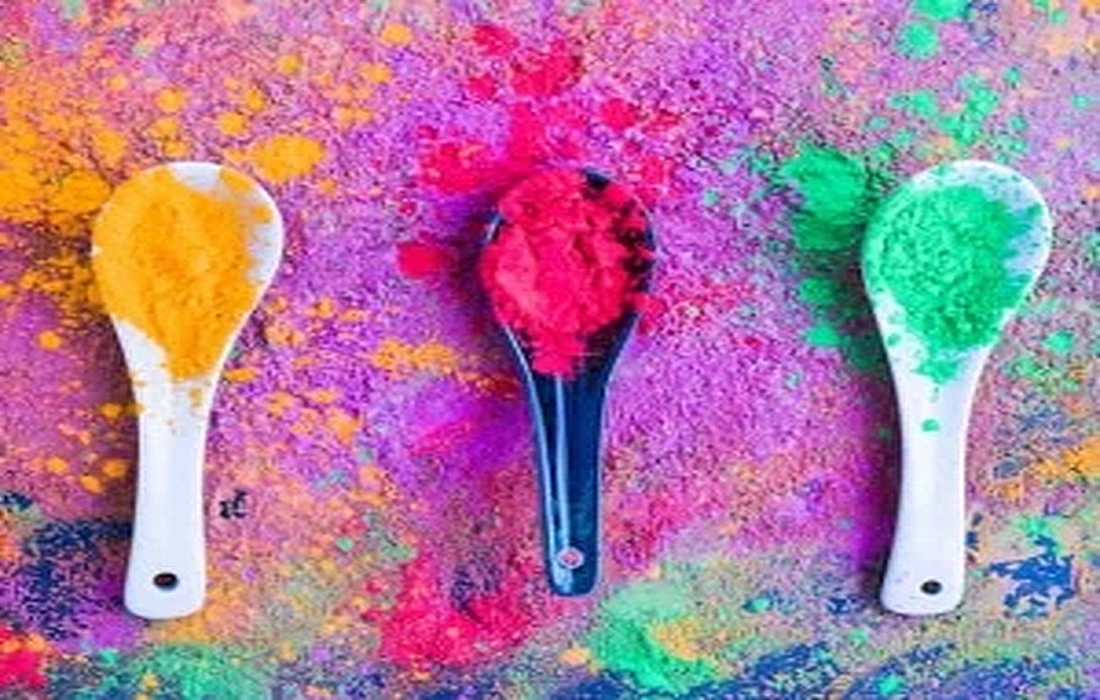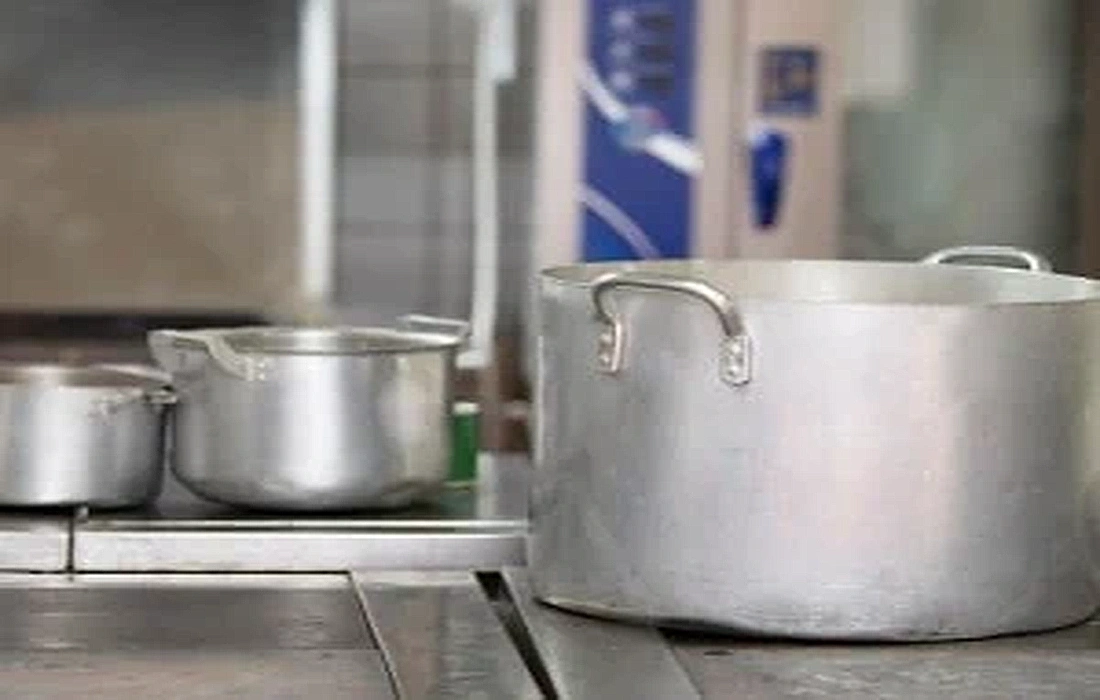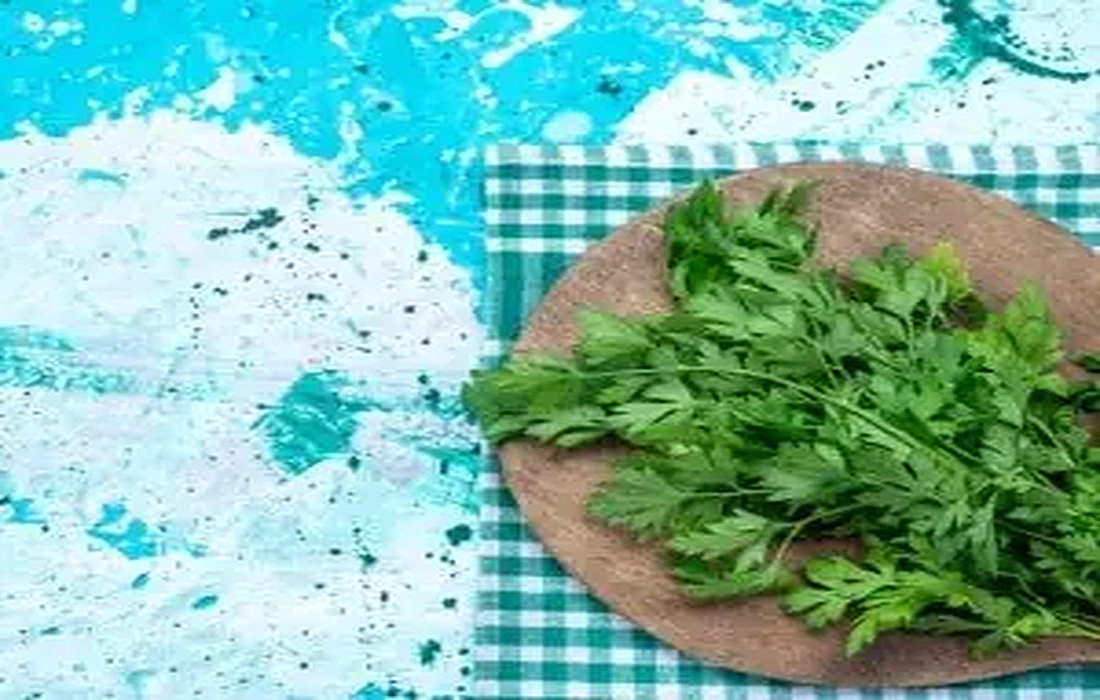Side effects and dangers of useFood coloring
In the past, older generations used natural substances to give color to foods, but nowadays, many products are made with synthetic dyes in varying amounts, which poses a serious threat to health.
In the past,Saffronand turmeric were stable natural colorants. If the food needed to look more colorful, a spoonful of tomato paste would be added,tomatoesbut nowadays, some homemakers use food colorings to make dishes look brighter and more appealing.
Now, colorful desserts and snacks have become a staple in our diet. Since food colorings have become common on our tables, it’s better to know more about them. In this issue,applewith Dr. Koorosh Jafariyan,a nutrition expert,and Dr. Raghieh Sokooti Fard, a food health specialist, we have a conversation.
Even natural colors may be harmful
Using natural colors doesn’t mean there will be no problems. Excessive use of natural dyes can lead to health issues. Unfortunately, we often overuse colors in various foods and desserts. This excessive consumption of even natural dyes can cause different health problems.
The paler, the healthier
Our advice is to use as little food coloring as possible. Don’t buy any color just because of advertising; you don’t know what ingredients are in it. Also, avoid brightly colored and unnatural foods likegummiesorcolored chocolatesas much as possible.

What can you use instead of artificial food dyes?
You can replace synthetic dyes with natural colors found in foods like cocoa, saffron, cherries, raspberries,beetrootand others. For example, for a yellow color, you can use saffron or turmeric appropriate to the dish.
To achieve pink, use cookedbeetrootfor purple, mix water and blueberry, for green, usespinachand for brown,coffeeorcocoacan be used.
Immediate dangers of food coloring
Long-term consumption of food dyes can cause various health problems, which are not immediately apparent. However, some individuals, especially those with sensitivities, may experience symptoms like poisoning, nausea, vomiting, and others right after consumption of food dyes.
Long-term health risks of food coloring
Potential long-term effects include various diseases. Blood cancer is one of the most significant risks associated with artificial food dyes. It is believed that the consumption of artificial dyes may be a contributing factor,blood cancerwhich is often overlooked.
Research also shows that allergies, autism, hyperactivity, lower IQ,allergiesand other health issues in children are linked to artificial food colorings. Additionally, risks like miscarriage, genetic disorders,hormonal changesand more can be associated with consuming artificial dyes during pregnancy.
When coloring fabrics and carpets
In cases of fraud, sometimes non-edible dyes, like those used in textiles, carpets, fibers, or even construction paints, are used instead of food colors. Sometimes, to give products likepicklesorwatermelona good color, industrial dyes are used illegally.
Though, it’s important to note that this is rare and usually occurs in unlicensed, illegal manufacturing units without proper certifications.
Bulk dyes are more dangerous!
Sometimes, food dyes are sold in bulk without packaging. Vendors do this to sell their products quickly and gradually. If the dyes come with a proper label indicating they are approved, they can be used.
This issue is more about legality than packaging, but it’s safer to avoid unboxed dyes due to higher risks of contamination and impurities.

Homemade dyes
Sometimes, people use household food items to dye their foods, which is generally safe. However, these dyes are mostly produced in factories and belong to different categories, as explained by Dr. Sokooti Fard.Color sources with natural originThere are three main groups of food dyes: natural, semi-natural, and artificial. Natural colors are extracted from plants and some animals, having a truly natural origin. For example, saffron, turmeric, beetroot, carrots, and certain insects, like specific types of ants, can produce edible dyes. Using these dyes within normal limits is safe and accepted.
Industrial but natural dyes
Semi-natural dyes are similar to natural colors but are synthetically produced. For example, beta-carotene found in
carrots
is made artificially and used as a semi-natural dye. Some natural dyes are less stable and may change color over time. Additionally, extracting some natural dyes is not cost-effective.Therefore, semi-natural dyes are now widely used. If approved by the Food and Drug Administration, these dyes are generally safe.Artificial food coloring and the danger signals
Artificial dyes are manufactured chemically in factories and involve synthetic substances. Their use raises significant health concerns. These dyes should always have approval or certification; otherwise, caution is advised when using them.
It is said that using artificial food dyes, especially unapproved ones, can pose serious health risks.
How to identify illegal dyes?
The Food and Drug Administration (FDA) provides a list of approved products on its website to help identify whether food dyes are legal. Another practical test involves dissolving a small amount of dye in
lukewarm water
in a ceramic container. If after disposal, the dye residue remains on the surface, the product is illegal and should not be used.Only buy approved dyesOur recommendation is to use natural colors whenever possible. If you choose to use artificial dyes, always check if they are authorized. Consult the approved product list from the FDA, so you can be sure about their legality and safety.
Always ensure products have a standard mark or a valid license number. Even approved dyes have some risks, but buying legitimate products reduces health hazards.
Non-approved dyes often contain lead
Dyes smuggled into the country may be either approved or unapproved. Approved dyes, if smuggled, face legal action, but unapproved ones pose health risks, potentially contaminated with impurities like lead.
Nowadays, the widespread use of dyes in cooking has increased concerns about fraud; therefore, regulatory agencies need to step up their oversight.
All concerns of the Ministry of Health
Of course, the Ministry of Health’s Food and Drug Administration oversees standards for imported dyes. The import control unit samples these products and checks their safety. Sometimes, they even go to the importing country for sampling and inspection.

The truth is, the Ministry of Health is very strict about the safety of food colors. Additionally, the Standard Organization also monitors this issue.
There is always an element of smuggling
What matters is that a large share of food dyes enters the country illegally, escaping official inspections. The issue of illegal dyes is significant here. Smuggled dyes do not pass through the Ministry of Health’s filters, so their safety cannot be guaranteed upon entry.
Unless a production unit, such as a bakery, uses such smuggled dyes and during testing finds out that the product is unapproved, this knowledge usually comes too late to rectify. Merely identifying unapproved dye use after product production is difficult to remedy.
Food coloring
Natural or artificial color dyes in foodFood coloringSide effects of food coloring







